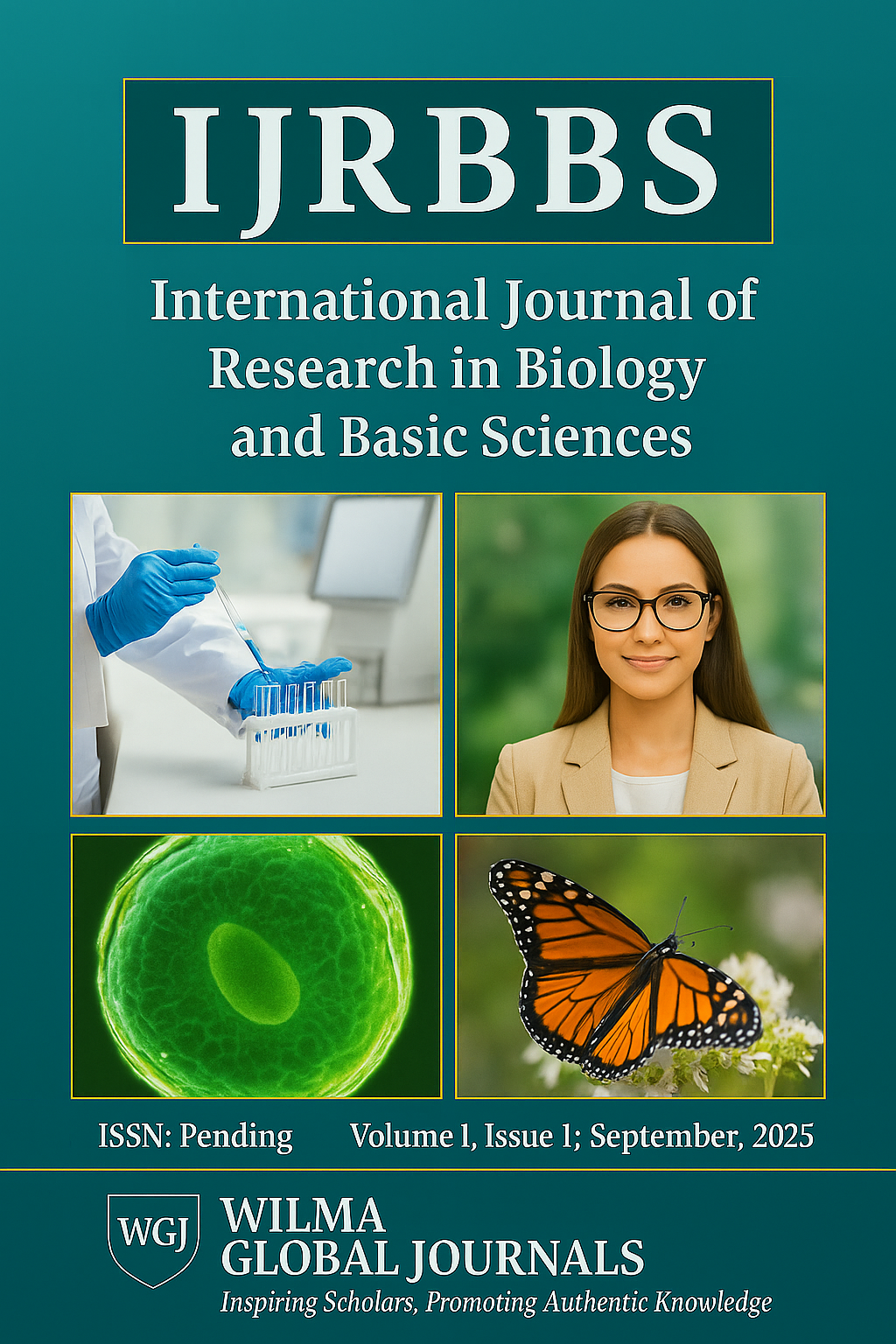EXTRACTION, STABILIZATION, AND GC-MS ANALYSIS OF ETHANOLIC LEAF EXTRACTS OF ALOE VERA GEL AND RIND
Keywords:
Aloe vera, Gel, Rind, Ethanolic extract, GC-MSAbstract
The phytochemical composition of Aloe vera gel and rind was evaluated using GC-MS to determine their bioactive properties and chemical constituents. Results indicated that mature Aloe vera leaves consist of approximately 55–70% inner gel and 30–45% rind by weight. The gel portion is composed of 98.5–99.5% water and 0.5–1.5% solids, whereas the rind contains 88–91% water and 9–12% solids. Overall, the whole leaf has about 3.5–4.5% total solids, with extractable solids accounting for nearly 1%. The principal components identified across samples included ash, free sugars, organic acids, polysaccharides, and proteins, with protein levels ranging from 3.8–8.3% and typically higher in rind than gel. In contrast, protein content in juice powders was notably lower, reflecting losses during filtration and decolorization processes. GC analysis of ethanolic extracts of Aloe vera (EEAV) revealed 31 significant retention time peaks representing over 25 phytochemical compounds. GC-MS further identified 21 bioactive compounds based on retention time, molecular weight, molecular formula, and peak area, including 2-methyl-1-butanamine, N-hexadecylacetamide, 2-methylisobutanamide, and glycyl-di-alanine. Ethanolic extracts from the rind indicated the presence of compounds such as 3-aminopropionitrile, adenosine derivatives, ethyl-2-(diethoxyphosphoryl)-oxy-3,3,3-trifluoropropanoate, and oxazole-based esters. The gel fraction has widespread application in the development of consumer products, including juices, cosmetics, personal hygiene products, and pharmaceuticals. The identification of key compounds such as hexanoic acid, citronellyl butyrate, phytol, myristic acid, palmitic acid, palmitoyl chloride, and octadecanal is significant, given their established roles in flavoring, fragrances, moisturizing creams, shaving foams, shampoos, bathing oils, lipsticks, and perfumed products.


